
Viscount Cobham is a title in the Peerage of Great Britain that was created in 1718. Owing to its special remainder, the title has passed through several families. Since 1889, it has been held by members of the Lyttelton family.

Viscount Hereford is the oldest extant viscountcy in the Peerage of England, making the holder the Premier Viscount of England. The title was created in 1550 for Walter Devereux, 10th Baron Ferrers of Chartley.

Earl of Lonsdale is a title that has been created twice in British history, firstly in the Peerage of Great Britain in 1784, and then in the Peerage of the United Kingdom in 1807, both times for members of the Lowther family.
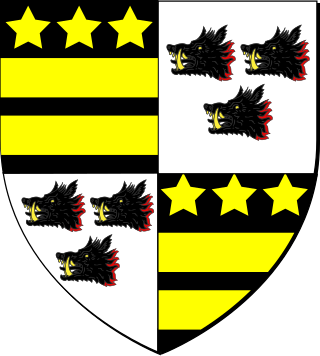
Baron Carbery, of Carbery in the County of Cork, is a title in the Peerage of Ireland. It was created in 1715 for George Evans, with remainder to the heirs male of his father and namesake George Evans, a supporter of William and Mary during the Glorious Revolution, who had earlier declined the offer of a peerage. After his elevation to the peerage, Lord Carbery represented Westbury in the House of Commons. He was succeeded by his eldest son, the second Baron. He also sat as Member of Parliament for Westbury. His grandson, the fourth Baron, briefly represented Rutland in Parliament. He was succeeded by his uncle, the fifth Baron. On his death, the line of the eldest son of the first Baron failed. He was succeeded by his first cousin once removed, the sixth Baron, who had previously succeeded his father as second Baronet, of Castle Freke. Lord Carbery sat in the House of Lords as an Irish representative peer from 1824 to 1845. His nephew, the eighth Baron, was an Irish Representative Peer from 1891 to 1894. As of 2014 the titles are held by the latter's great-great-grandson, the twelfth Baron, who succeeded his father in 2012.

Earl of Scarsdale was a title in the Peerage of England. It was created in 1645 for Francis Leke, 1st Baron Deincourt, an ardent supporter of Charles I during the Civil War. He had already been created a baronet, of Sutton in the County of Derby, in the Baronetage of England on 25 May 1611, and Baron Deincourt, of Sutton in the County of Derby, in the Peerage of England in 1628. His grandson, the third Earl, was a politician and courtier. In 1680, one year before he succeeded his father in the earldom, he was summoned to the House of Lords through a writ of acceleration as Baron Scarsdale. He was childless and was succeeded by his nephew, the fourth Earl. He was the son of the Honourable Richard Leke, younger son of the second Earl. He served as Lord Lieutenant of Derbyshire. He never married, and the titles became extinct on his death in 1736.
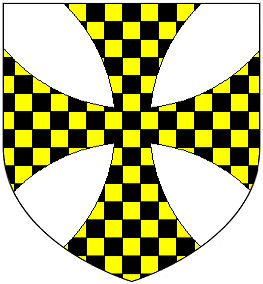
Baron Wenlock is a title that has been created three times, once in the Peerage of England and twice in the Peerage of the United Kingdom. The first creation came in 1461 when the soldier Sir John Wenlock was summoned to Parliament as Lord Wenlock. However, he was childless and on his death in 1471 the title became extinct.

The Rogers Baronetcy, of Wisdome in the County of Devon, was a title in the Baronetage of England. It was created in 1699 for John Rogers, a merchant and Member of Parliament for Plymouth. His son, the second Baronet, and grandson, the third Baronet, also represented Plymouth in Parliament. The latter was childless and was succeeded by his younger brother, the fourth Baronet. He was a Captain in the Royal Navy. His son, the fifth Baronet, sat as Member of Parliament for Plymouth. He was succeeded by his eldest son, the sixth Baronet. He sat as Member of Parliament for Callington and was also a composer. He was unmarried and was succeeded by his younger brother, the seventh Baronet. The latter was succeeded by his eldest son, the eighth Baronet. He was a prominent civil servant and notably served as Permanent Under-Secretary of State for the Colonies from 1860 to 1871. In 1871 he was elevated to the Peerage of the United Kingdom as Baron Blachford, of Wisdome and of Blachford in the County of Devon. He died childless in 1889 when the barony became extinct. He was succeeded in the baronetcy by his younger brother, the ninth Baronet. The latter was in his turn succeeded by another brother, the tenth Baronet, on whose death in 1895 the baronetcy became extinct as well.
Viscount Wenman, of Tuam in the County of Galway, was a title in the Peerage of Ireland. It was created on 30 July 1628 for Sir Richard Wenman, Member of Parliament for Oxfordshire in 1620 and 1625, the son of Thomas Wenman, a Buckinghamshire landowner. He was made Baron Wenman, of Kilmaynham in the County of Meath, at the same time, also in the Peerage of Ireland. He was succeeded by his son, the second Viscount. He represented Brackley and Oxfordshire in Parliament. On his death the titles passed to his younger brother, the third Viscount. After the death of his childless only son, he obtained a new patent in 1683, with remainder to his great-nephew, Sir Richard Wenman, 2nd Baronet, with the precedence of 1628. The latter succeeded as fourth Viscount according to the new patent in 1686. He had earlier represented Brackley in Parliament. His grandson, the sixth Viscount, represented Oxford in the House of Commons. On the latter's death the titles passed to his son, the seventh Viscount. He sat as Member of Parliament for Oxfordshire for many years. The titles became extinct on his death in 1800. As all the peerage titles were in the Peerage of Ireland, the Viscounts did not have the right to sit in the British House of Lords.
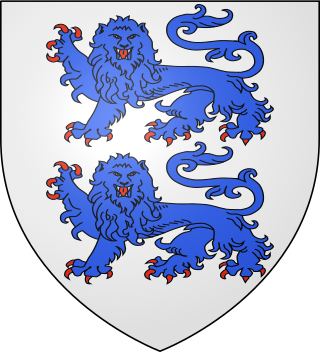
There have been two baronetcies created for members of the Hanmer family of Flintshire, Wales, one in the Baronetage of England and one in the Baronetage of Great Britain. Only one creation is extant as of 2008. The third Baronet of the second creation was elevated to the peerage as Baron Hanmer in 1872, a title which became extinct in 1881. The family name derived from the manor of Hanmer in the Diocese of St. Asaph.
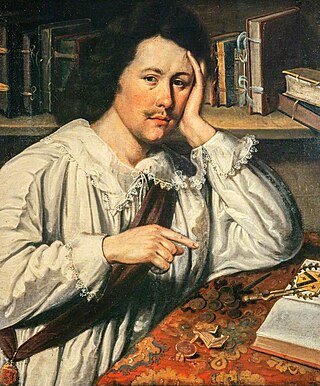
There have been three baronetcies created for members of Clan Balfour, one in the Baronetage of Nova Scotia and two in the Baronetage of the United Kingdom. One is extant and a subsidiary title of Baron Riverdale.
There have been four baronetcies created for persons with the surname Rich, two in the Baronetage of England, one in the Baronetage of Great Britain and one in the Baronetage of the United Kingdom. As of 2008 three of the creations are extinct while one is dormant.

Josslyn Francis Pennington, 5th Baron Muncaster, was a British soldier and Conservative Party politician.
There have been two baronetcies created for persons with the surname Ramsden, one in the Baronetage of England and one in the Baronetage of the United Kingdom. The first creation is extant as of 2024.

There have been four baronetcies created for members of the ancient House of Beaumont, all in the Baronetage of England. All four creations are extinct or dormant.

There have been two baronetcies created for persons with the surname Yelverton, both in the Baronetage of England.
John Pennington, 1st Baron Muncaster, known as John Pennington until 1783, was a British peer and Tory politician.
Sir John Ramsden, 4th Baronet was an English landowner and Member of Parliament.
Sir Joseph Pennington, 2nd Baronet, of Muncaster, Cumberland, was a British landowner and Whig politician who sat in the House of Commons from 1734 to 1744.
Gamel Augustus Pennington, 4th Baron Muncaster, styled Hon. Gamel Pennington until 1838, was an Irish peer and British landowner. A member of an old Cumberland family, he served as High Sheriff of Cumberland in 1859. He died of illness in Italy in 1862, leaving an infant daughter to succeed to his estates, while his peerage passed to his younger brother.
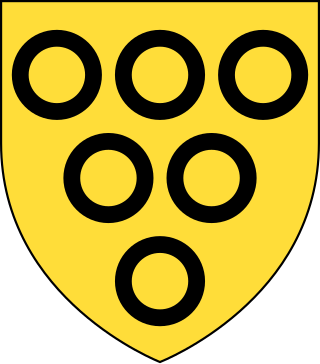
The Lowther baronetcy, of Whitehaven in the County of Cumberland, was created in the Baronetage of England on 11 June 1642 for Christopher Lowther; he was the younger brother of Sir John Lowther, 1st Baronet, of Lowther.













